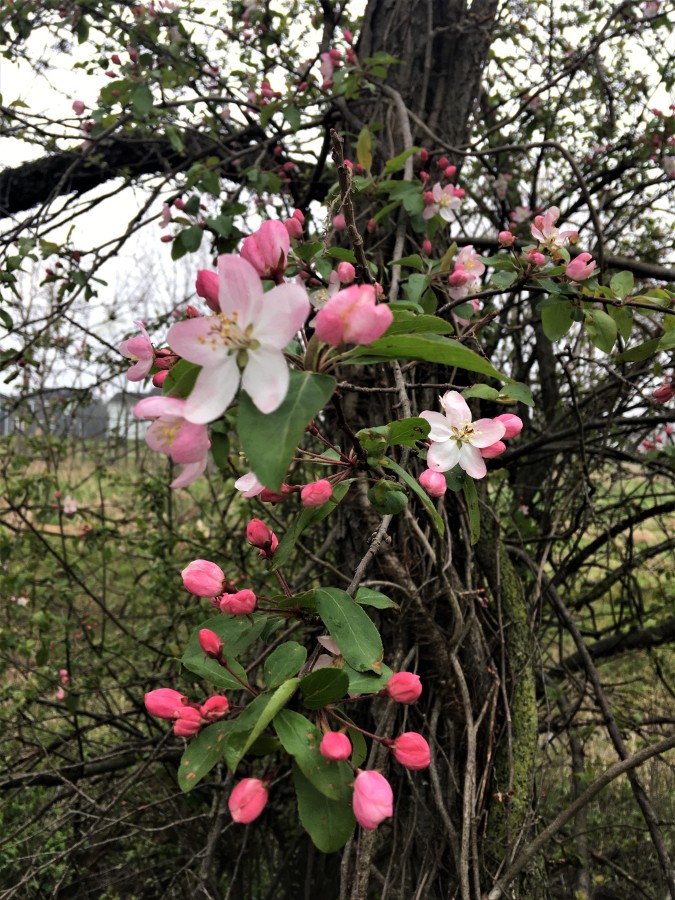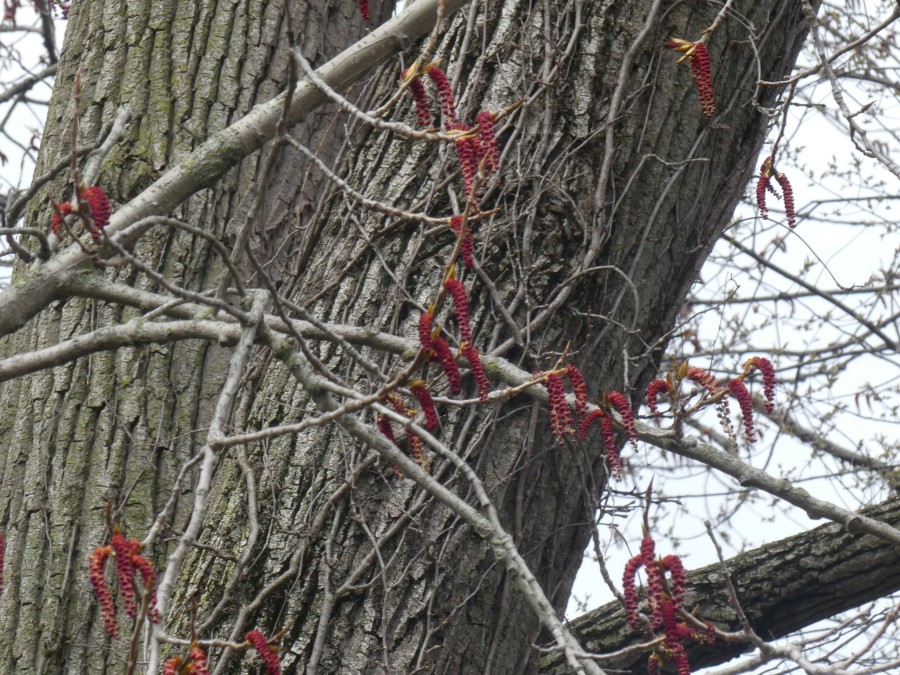Joyce Kilmer wrote it very eloquently, and it says exactly how I feel about trees. They’re truly God’s miracle.
This year I’ve been more attune to the promise of Spring. Seeing the new little buds on trees, their colorful blossoms, their pollen-laden blooms. In the past, I’ve primarily paid attention to trees in their “leafing out” stage, always seen at a distance, always on the go, always in a rush, seeing it as the sign Winter has loosened it’s grip. I’ve missed so much!


In these unsettling times of the pandemic, I believe we all need to embrace something that grounds us, that provides a sense of peace, that offers us joy that can’t be taken away. Maybe it’s the essence of finding some control in our world. And for me, that’s getting closer to nature and marveling at its wonders. Really seeing all the things I’ve been missing for so long. A benefit of Covid-19? Quite possibly.
Maple trees have been capturing my attention of late – primarily red maple (acer rubrum). Their blooms have been spectacular, but most have passed their prime in central Ohio and are off to the seed stage. But even the seeds are quite colorful.


On a recent walk, I discovered catkins on this male Eastern Cottonwood (Populus deltoides) tree. They’re almost as colorful as red maples. I’ve never seen these catkins before, or at least that fact never reached my level of consciousness. These trees love the water, and you’ll find them quite often in riparian areas. They can become huge and very tall (up to 120 feet); they can grow 2 to 3 feet every year. In early to mid-summer, the female catkins (which are green and can be up to 6 inches in length) will split open and release 30 to 50 seeds each. I’m sure you’ve seen these before, just floating around in the air. Hopefully it’s not an allergen for you.

Trees are pretty magnificent, even when they’re no longer living. Some can be quite artistic looking (or perhaps the stay-at-home order has my sense of art a bit diminished). Many of these dead snags (and living trees as well) provide homes to a lot of Gods creatures, including this menagerie of squirrels pictured below.

Speaking of squirrels, I came across something recently that caught my eye. Perhaps you’ve seen these too? If you could flip this black walnut over, you would see that the opposite side has exactly the same markings. The tiny little teeth of a flying squirrel did this. I’ve never seen a flying squirrel, perhaps because I’m not out and about trying to take photos at night. Flying squirrels are nocturnal and are actually very common in Ohio.

Flying squirrels don’t really fly; it’s more of a glide from tree to tree. I’ve been told they can glide as much as 300 feet depending upon the circumstances and make 180 degree turns. That’s pretty impressive! Flying squirrels are omnivorous and eat not only nuts, but berries, moths, mice, eggs, slugs, insects and even small birds.
According to the National Wildlife Federation, there are only two native flying squirrels in North America – the northern and the southern flying squirrels. They are both gray brown, but their belly fur color is different. Northerns’ are gray while southerns’ are all white. Perhaps one day this blog will have a photo of one, but don’t hold your breath. My nighttime photo experience is slim to none.
I guess I can’t end this blog without another photo of a tree, or rather, in this case, a group of trees along the Big Walnut Creek. It’s not the most spectacular photo – actually it’s not even a very good one – but it brings with it the promise of Spring. Soon the branches will be full of leaves, casting shade on the stream and providing wonderful niches for birds and the wood ducks that call this little oasis home.

Stay safe and may your world be filled with much joy.
Until next time, keep exploring nature up close.



Thanks Teresa…so much to see and figure out this time of year!
LikeLiked by 1 person
Nicely said!
LikeLiked by 2 people